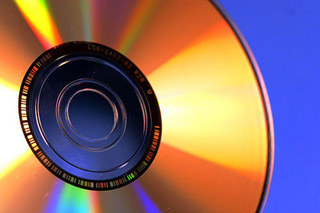Course Description
This class addresses the representation, analysis, and design of discrete time signals and systems. The major concepts covered include: Discrete-time processing of continuous-time signals; decimation, interpolation, and sampling rate conversion; flowgraph structures for DT systems; time-and frequency-domain design …
This class addresses the representation, analysis, and design of discrete time signals and systems. The major concepts covered include: Discrete-time processing of continuous-time signals; decimation, interpolation, and sampling rate conversion; flowgraph structures for DT systems; time-and frequency-domain design techniques for recursive (IIR) and non-recursive (FIR) filters; linear prediction; discrete Fourier transform, FFT algorithm; short-time Fourier analysis and filter banks; multirate techniques; Hilbert transforms; Cepstral analysis and various applications.
Acknowledgements
I would like to express my thanks to Thomas Baran, Myung Jin Choi, and Xiaomeng Shi for compiling the lecture notes on this site from my individual lectures and handouts and their class notes during the semesters that they were students in the course. These lecture notes, the text book and included problem sets and solutions will hopefully be helpful as you learn and explore the topic of Discrete-Time Signal Processing.
Course Info
Learning Resource Types











